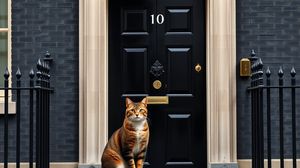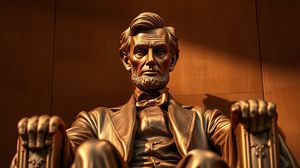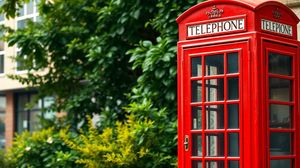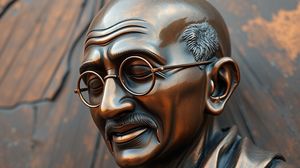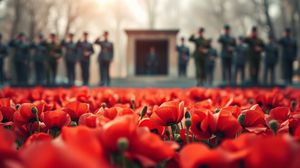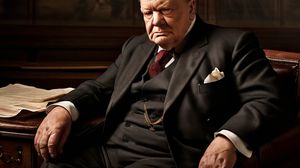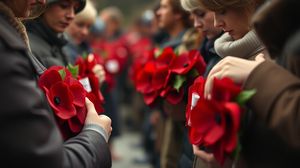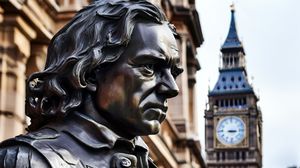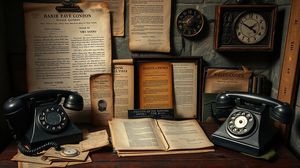
The Churchill War Rooms in Westminster are a fascinating historical attraction dedicated to the legacy of Sir Winston Churchill and the operations of the British government during World War II. This underground bunker was the nerve center of Britain's wartime leadership, offering visitors a unique glimpse into the strategic world where decisions that shaped the course of history were made.
One of the intriguing features of the Churchill War Rooms is the Map Room, which was in constant use during the war. The room remains almost exactly as it was left on the day the lights were switched off in August 1945, complete with charts, maps, and telephones, providing an authentic wartime atmosphere.
The Churchill Museum, located within the War Rooms, is the first museum dedicated solely to Winston Churchill. It explores his life, leadership, and legacy through cutting-edge displays and multimedia exhibits that bring Churchill's story to life in dynamic detail.
Visitors can marvel at the private rooms of key wartime figures, including Churchill's own modest bedroom. Interestingly, the room came complete with a direct hotline to the president of the United States, reflecting the critical transatlantic alliance between Churchill and Roosevelt.
The bunker also features a rather unusual security measure: soundproof walls lined with a special material called "Scrim", which ensured that even the most secret conversations could not be overheard by eavesdroppers outside the rooms.
Another fascinating detail is the Cabinet War Rooms' status as a symbol of resilience. Built to withstand bombing raids, the underground facility quickly became a refuge for government officials, symbolizing Britain's determination to continue fighting through adversity.
The site was not publicly accessible until 1984 when it was opened as a museum. Before that, much of it remained hidden from the public eye, largely unchanged since the war ended, preserving an authentic slice of history for future generations to explore.

Making the Most of Your Visit:
Have you checked out the Map Room? When you're there, take a close look at the maps on the wall. They haven't changed since 1945 and sometimes you'll find little markings or notes made during operations. It's like stepping back in time, so take your time to soak in the details.
Don't miss the Transatlantic Telephone Room. It's hidden behind what appears to be an ordinary door, but it housed one of the most secure direct lines between Churchill and Roosevelt. It's a perfect example of wartime ingenuity.
Listen to the audio guide—it's really well done. They weave in actual recordings of Churchill's speeches and sounds from the war, giving you a real feel for what it was like back then. It's included in the admission, so definitely make use of it.
The exhibits can be quite detailed, so I'd recommend setting aside at least two to three hours for your visit. Especially if you're a history buff, you'll want to linger and explore every nook and cranny.
Plan to visit during a weekday if you can, maybe right when it opens. It tends to be less crowded. That way, you can roam around and have a more personal experience. The rooms are quite small, so having fewer people around really helps you appreciate the space.

Visiting Times & Costs:
Opening Hours: The Churchill War Rooms is open to the public year-round, typically from 9:30 am to 6:00 pm, with the last entry at 5:00 pm. It is only closed on December 24th, 25th, and 26th.
Admission Fees:
- Adults: £30.00
- Concessions (Senior, Student): £24.00
- Children (5-15 years): £15.00
- Under 5s: Free
- Family Ticket: Varies, often around £75.00 for two adults and up to three children
Online booking may offer discounts, and prices can change, so check ahead for the latest details.
Accessibility: The Churchill War Rooms is committed to being accessible to all visitors. The majority of the site is wheelchair accessible, though some areas reflect the original wartime conditions which may present challenges. An accessible toilet is available on-site, and there are tactile maps and portable seating available. Assistance dogs are welcome, and there's also an induction loop system for those with hearing aids.

Address & Map:

Nearby:

